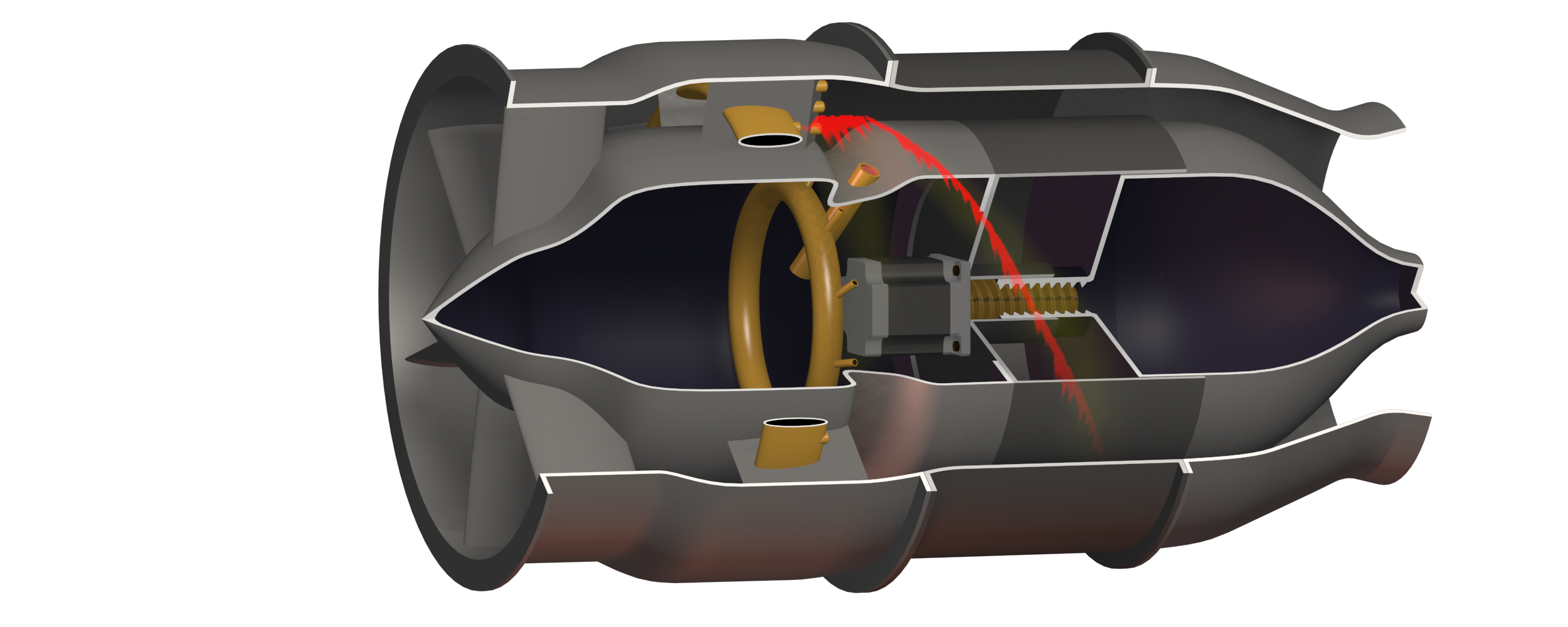
LE BOURGET—GE Aerospace is working on demonstrators for a new type of hypersonic vehicle or missile that combines rotating detonation engine (RDE) combustors for a turbine engine combined with a dual-mode ramjet/scramjet, a top executive said June 19 at the Paris Air Show.
The goal with the RDE component is to offer a more efficient approach to a turbine-based combined cycle propulsion system than traditional turbine engines.
The new project was also disclosed with the news that GE had previously acquired New York-based Innoveering LLC, a small company that specialized in advanced hypersonic propulsion technology.
“So we bought a company called Innoveering, and so we're making some organic and inorganic investments in this space,” GE Aerospace Military Engines CEO Amy Gowder said.
“What we've seen is that our high Mach turbine expertise—our expertise in rotating detonation engines that started off in our Global Research Center (GRC) in Schenectady, New York, coupled with high temperature, high performance materials—[combines well] with Innoveering,” Gowder added. “They have the inlet expertise as well as the exhaust system.”
An RDE propulsion system produces a continuous pressure wave that rotates around an annular combustion chamber before being exhausted as a heated gas.
GE engineers are now testing the transition mode at high-supersonic speeds as thrust transitions from the RDE-equipped turbine and the dual-mode ramjet/scramjet, Gowder said.
The effort has been supported by DARPA, the Air Force Research Laboratory and the Missile Defense Agency, Gowder said.
Although GE was not selected for the recently revealed DARPA-funded Gambit program—an effort intended to provide a long-range strike missile for fourth-generation fighters leveraging RDE technology—Gowder said, “We're working with them on some other technology demonstrators.”
While GE is actively studying RDEs, the company maintains its research focus on scramjets.
“We’re looking at both,” Gowder said. “But the RDE offers a very efficient solution because it allows you to shrink the length. Size, in certain applications, could really matter—particularly for some unmanned applications.”






